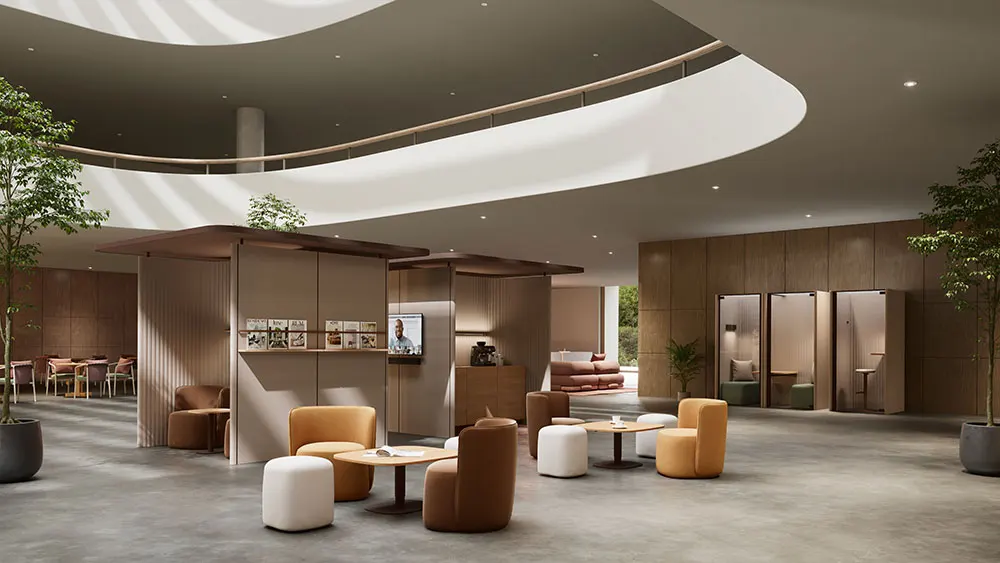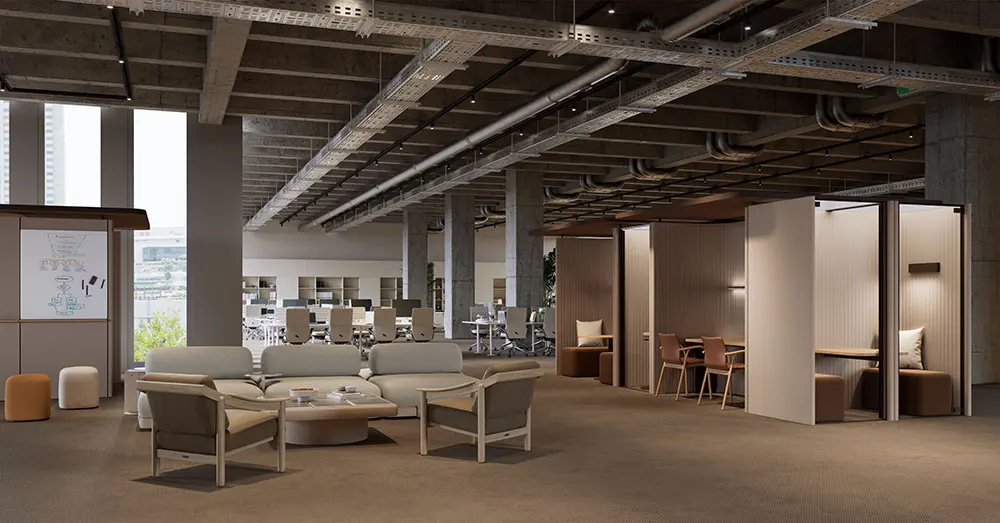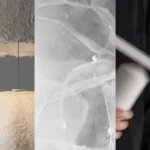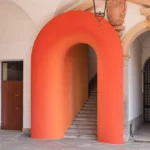
At Salone del Mobile 2025, Kettal delivered a focused and atmospheric presentation that placed its latest collections in a context of visual restraint and structural clarity. Instead of building a conventional booth, the brand constructed a series of house-shaped volumes formed from translucent fabric. These light-filled enclosures filtered illumination gently across each piece, slowing down the fair’s pace and encouraging a more deliberate interaction with the designs.
Kettal used this quiet staging to emphasize the essential qualities of its furniture, form, material, and scale. Each designer contributed with clear intent, exploring furniture that adapts to use without calling attention to itself. Rather than overwhelm, Kettal’s installation created space for reflection. This setting allowed the collections to unfold gradually, inviting visitors to observe construction details, material choices, and the quiet logic of proportion.

Revisiting the Midcentury Line
Antonio Citterio revisits the structure of 1950s and 1960s bamboo seating with Milos, a collection that recasts those curves in metal and rope. The core shell, woven in acrylic over a metal frame, supports soft cushions and rests atop a wood or metal base.
Two dining chair options expand the system: one stackable, and another with armrests. Citterio avoids nostalgia by focusing on practical enhancements, material resilience, lightweight engineering, and quiet adaptability to indoor or outdoor use.


Italian Precision Reissued
Kettal brings Vico Magistretti’s 1961 Loden series back into production, respecting the original composition. Cylindrical wood legs, angled seats, and armrests shaped like those of the Carimate chair define the frame, while the upholstery softens the profile.
Loden reflects a time when Italian production aligned with experimentation. The reissue maintains that clarity of purpose, reviving a design that remains relevant due to its clear geometry and proportioned comfort.

Modular Simplicity
Ronan Bouroullec’s Passage series suggests a way through, between uses, between spaces. Designed for flexibility across public and private settings, these chairs function in a café as easily as they do on a patio or in a home.
What appears minimal at a glance reveals skilled construction on closer inspection: fine welds, accurate joints, and an understated backrest. Passage doesn’t announce itself; it integrates with quiet confidence and measured detailing.

Geometry in Conversation
Konstantin Grcic’s Kari side tables rely on contrast between base shapes: one cylindrical, the other pyramidal. Both carry circular tops and function as occasional tables or informal seating, especially in lounge areas or near armchairs.
Crafted in teak, the tables feel grounded without excess. Their proportions suggest movement and rhythm, lending themselves to combinations that feel intentional rather than decorative.

Ceramic Topography
Patricia Urquiola designs Ínsula as sculptural islands rather than just tables. Their Glaze Agate surfaces hold mineral patterns that mimic geological formations, while the soft, irregular lines below anchor the form without symmetry. Each table stands alone or within a group, offering visual depth and tactile interest. Urquiola frames each piece as both object and experience, controlled in form, yet materially expressive.
Quiet Lighting Solutions
Anda, a floor lamp by Gonzalo and Miguel Milà, offers a lighting solution designed for outdoor lounges and indoor corners where ceiling lights distract. It emits light downward, reducing visual clutter and glare. The lamp’s shape stays simple, cylindrical and portable, with adjustable brightness. Anda fits environments that require adaptability in function, not just form.


Rug as Texture
Vincent Van Duysen introduces Soga rugs with rope-like materials that balance durability with subtle surface interest. Offered in muted colors, Chestnut, Ivy, New Dawn, and Woodland, the rugs work in living rooms, patios, or transitional zones. Each version, plain or striped, adapts without friction to its context. The focus remains on material structure and texture, not decorative gesture.

Workspaces Without Walls
PI proposes a way to reconfigure offices without building walls. Made from recycled PET panels, the system provides focused zones for working, meeting, or informal gathering.

Its “H” shape modules install without noise or alteration to the existing space. Three layout types, Focus, Meet, and Other, structure activity rather than enforce hierarchy. The material absorbs sound while adding texture, helping shift the office from rigid to responsive.





Absolutely love this collection! Always great to use Kettal in my interior design projects!